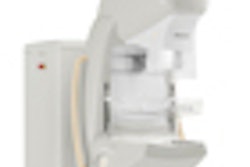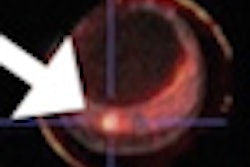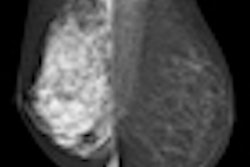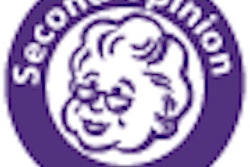MONTREAL - A new software suite is being developed in the Canadian Atlantic provinces that could make patient management and imaging resource use more efficient, not only in that region but in the rest of the world. Information on the system was presented this week at the 2012 World Cancer Congress.
The Breast Imaging Electronic Medical Record (BIEMR) is built on open-source, Web-based cancer data management software, called Caisis, that was developed at the Memorial Sloan-Kettering Cancer Center in New York City. Caisis integrates elements of electronic medical records (EMRs), specimen tracking, statistical analysis and reporting, and clinical trial management.
Scheduled for implementation in Nova Scotia in early 2013, BIEMR will allow users to easily enter data in a system that is a significant improvement over the current patchwork of outdated and largely "in-house-developed" software programs for tracking and managing patients. There will be no fee or maintenance/support contract associated with the software.
Centralized functions
BIEMR incorporates centralized booking for all screening mammography and diagnostic breast imaging, reducing inefficiencies such as women being sent to diagnostic centers for screening. Other key features of BIEMR are that it can be integrated with PACS, it can track individual women from screening through treatment and follow-up, and it can produce automated annual reports on a range of parameters from breast imaging wait times to abnormality rates for each radiologist.
"BIEMR supports data recording in EMRs as well as real-time, system-level reporting," said epidemiologist Jennifer Payne, PhD, who is one of the developers of BIEMR and works in diagnostic radiology at Dalhousie University and at the Nova Scotia Breast Screening Program. "One of the most unique and valuable aspects of BIEMR is it allows you to track many performance indicators -- and you can 'drill down' by site, by radiologist, by breast imaging modality -- so you see where the bottlenecks are and you can continue to improve efficiency."
User-friendly and powerful functions
The new software doesn't change the way data are collected; it integrates a more user-friendly interface and provides broader and more rapid reporting. To accomplish this, BIEMR includes Caisis as well as the R statistical software programming language and the LaTeX document-preparation system, all of which are open-source. Information from BIEMR also can be easily exported for analysis with more sophisticated statistical software.
Not only will the resulting system provide province-wide booking of all screening and diagnostic appointments, it will also generate mammography results and recall letters for patients, track patient movement through the healthcare system, and produce mini performance report cards for both radiologists and breast imaging sites. Risk calculators such as the Gail model will be incorporated into the system to determine patient-specific screening intervals.
Moreover, BIEMR provides automated reporting of center- and provider-specific outcomes compared to national performance indicators.
Other high-level functions include early detection of trends such as increases or decreases in wait times.
"Since it's automated and real-time, you can see wait times from as recently as the past month," noted radiologist Dr. Judy Caines, another member of the BIEMR team and medical director of the Nova Scotia Breast Screening Program. "So there's accountability, removal of duplication of services, and the ability to help navigate women on the shortest path to diagnosis, following clinical guidelines. ... The potential for cost-savings and latitude for customization is enormous."
Because BIEMR is open-source, it can be modified inexpensively and repeatedly by users to meet their own clinical, resource planning, and research needs, by adding new fields and tables, plug-in features, and new modules with additional functionality.
Spreading from sea to sea
BIEMR is an outgrowth of efforts that began 20 years ago in Nova Scotia to develop the province's own breast imaging reporting system to fill a perceived void in proprietary software offerings at the time, according to Mohamed Abdolell, an associate professor in the radiology department at Dalhousie. The software represents two decades of refinements, and it also supports the output of data into structured files that can be transmitted to federal authorities for compilation to produce nationally comparable performance indicators, Abdolell said.
The development of BIEMR was funded by the Atlantic chapter of the Canadian Breast Cancer Foundation and the Public Health Agency of Canada. The complete system, including both screening and diagnostic breast imaging, will first be implemented in Nova Scotia. Next, Newfoundland and Labrador and the Northwest Territories will begin using the screening component. Not unexpectedly, other provinces across Canada are lining up to learn more about the software.
Once the Nova Scotia team has completed BIEMR, they will submit it to the Caisis core development group at Memorial Sloan-Kettering. They plan to work with BioDigital Systems, the company that has been developing Caisis for the past decade, to evaluate the new modules for incorporation into the Caisis core.
"So instead of our giving it to other provinces or states as an add-on to Caisis, we are hopeful that the software will be available through Caisis itself, to share with users internationally. We're very excited about that," Payne said.



















